Stochastic-Strategy-MetaBacktest.ex4 Stochastic-Strategy-MetaBacktest.mq4
Result-Stochastic-EURUSD.zip Result-Stochastic-USDJPY.zip
Home / Articles / #5
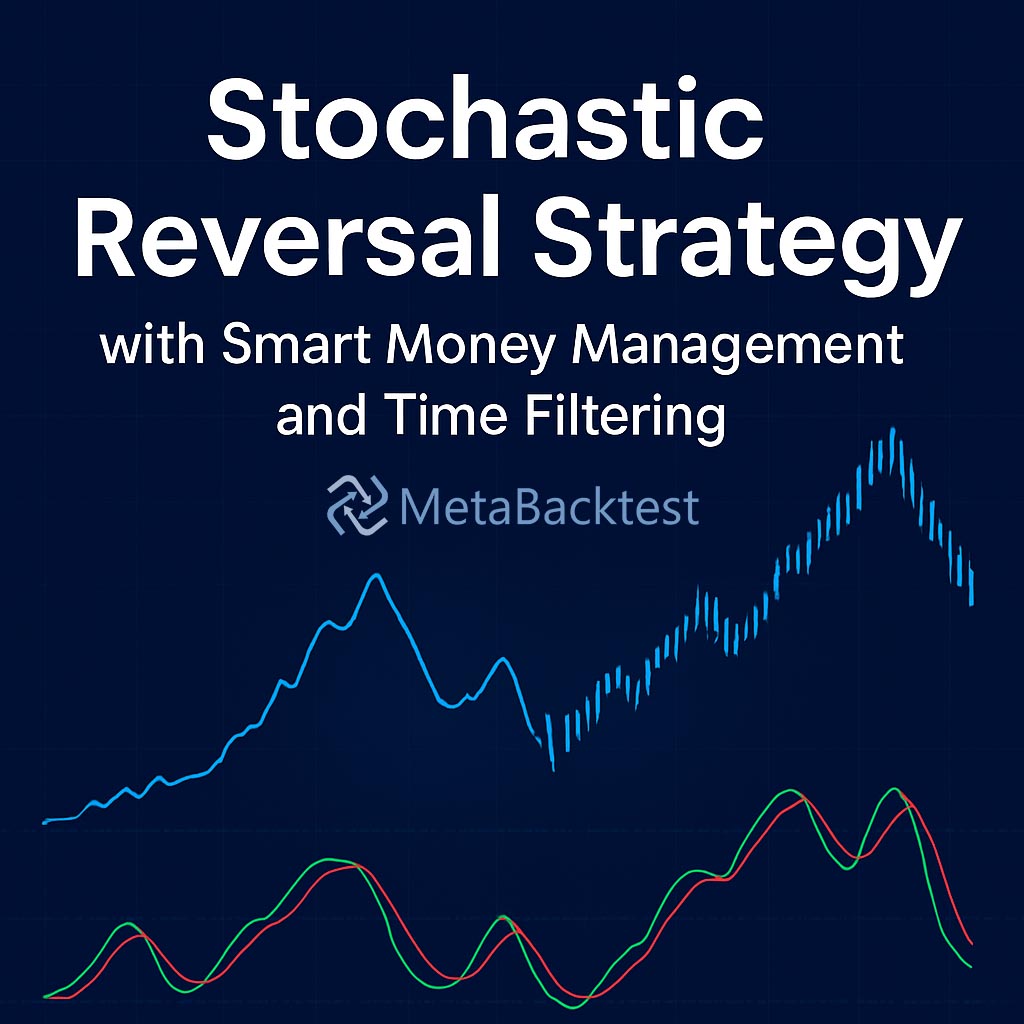
Backtesting Stochastic Strategy with Smart Money Management and Time Filtering via MetaBacktest
Hadi
2025-08-24 10:41:11
The Stochastic Oscillator is one of the most popular momentum indicators in trading. It helps traders identify overbought and oversold conditions, where markets may be due for a reversal. To automate this approach, we designed a custom Expert Advisor (EA) for MetaTrader 4 that combines Stochastic signals with smart money management and time-based filters for safer and more consistent trading.
This article explains the logic behind the strategy, how the EA works, and the additional features that make it practical for real-world trading.
Core Strategy Logic
-
Stochastic Oscillator Setup
-
%K Period: 14
-
%D Period: 3
-
Slowing: 3
-
Overbought Level: 80
-
Oversold Level: 20
-
-
Entry Conditions
-
Buy: When the Stochastic %K line crosses above the %D line from below the oversold level (≤ 20). This signals that bearish momentum is weakening, and a bullish reversal may be forming.
-
Sell: When the Stochastic %K line crosses below the %D line from above the overbought level (≥ 80). This indicates that bullish momentum is fading, and a bearish reversal could begin.
-
-
Exit Conditions
-
Each trade is placed with a fixed Stop Loss (SL) and Take Profit (TP), both set at the same distance in pips (e.g., 300 pips).
-
This 1:1 risk-to-reward setup ensures consistency and allows the law of large numbers to play out when combined with money management.
-
Additional Features in the EA
1. Dynamic Lot Size (Smart Money Management)
Instead of trading a fixed lot size, the EA calculates position size based on:
-
Account balance
-
Percentage of balance you’re willing to risk (e.g., 1%)
-
Stop Loss distance
This ensures that each trade risks the same proportion of your account, regardless of volatility or symbol. It helps protect against overexposure and aligns with professional risk management practices.
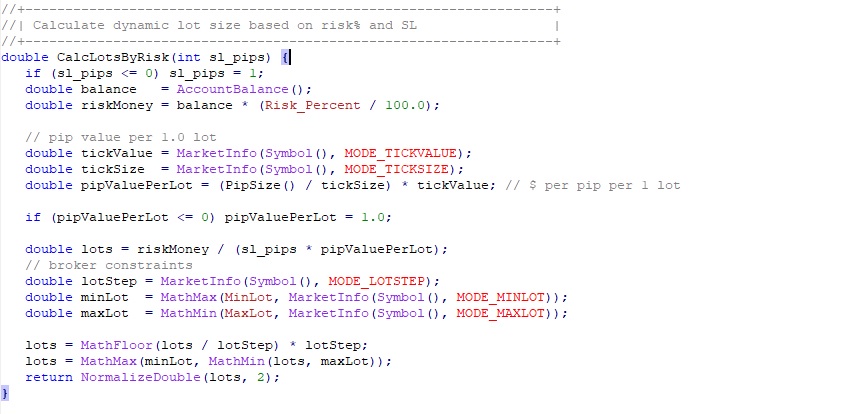
2. Time-Based Trading Filter
Markets behave differently during various sessions. To avoid low-liquidity periods or times with excessive volatility (like rollovers), the EA allows you to define:
-
Start and End hours (based on broker server time)
-
Active trading days (e.g., avoid Mondays or Fridays if desired)
This filter helps the strategy trade only during the most favorable market hours, improving consistency.
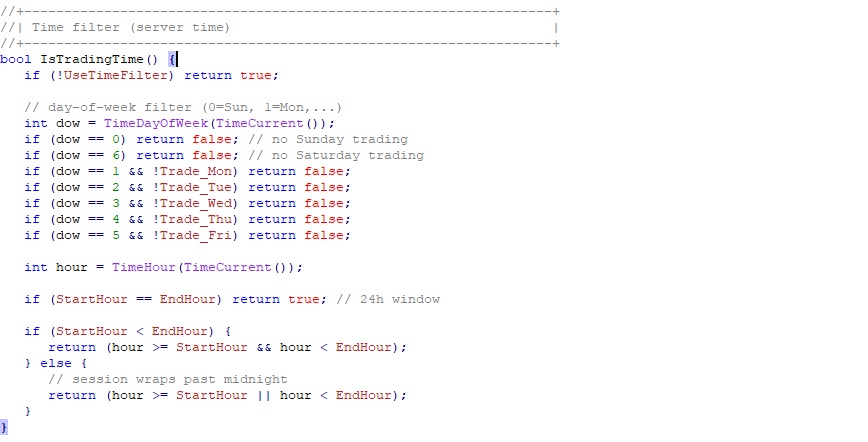
3. Spread and Execution Protections
The EA checks the current spread before placing trades, preventing entries during high-cost conditions. Slippage tolerance is also configurable to handle fast-moving markets.
4. One-Trade-Per-Bar and Trade Limiting
To reduce overtrading:
-
The EA can be set to open only one trade per bar.
-
Optionally, it can restrict itself to just one open trade at a time.
Why This Strategy May Work
-
Stochastic crossovers in extreme zones often precede short-term reversals.
-
Equal SL/TP makes performance transparent and easy to evaluate.
-
Smart money management ensures account survival during drawdowns.
-
Time filtering avoids “bad hours” when signals are less reliable.
This combination of technical logic and risk control transforms a simple oscillator strategy into a robust, automated system.
Backtesting the Strategy with MetaBacktest
Now, we are going to conduct a backtest on EUR/USD and USD/JPY over several years using MetaBacktest.com to see how this Stochastic reversal strategy would have performed.
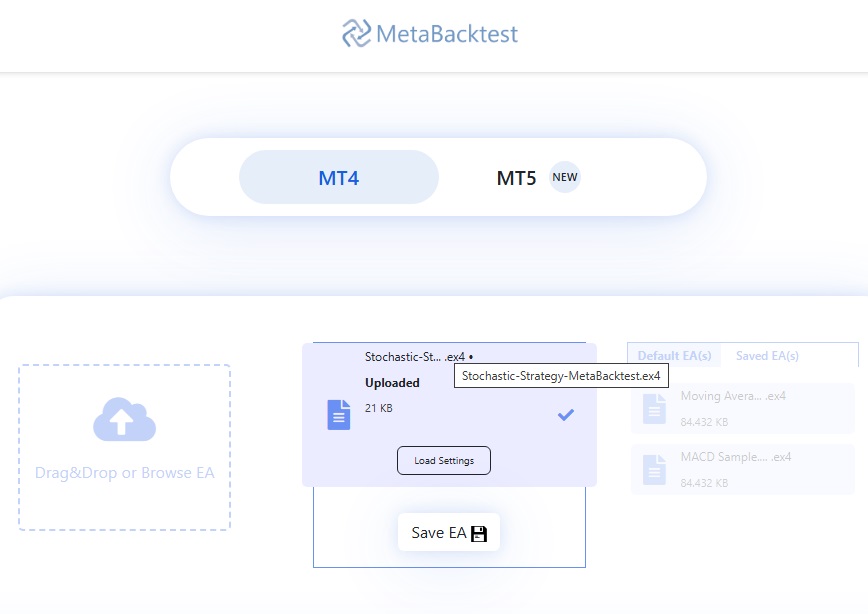
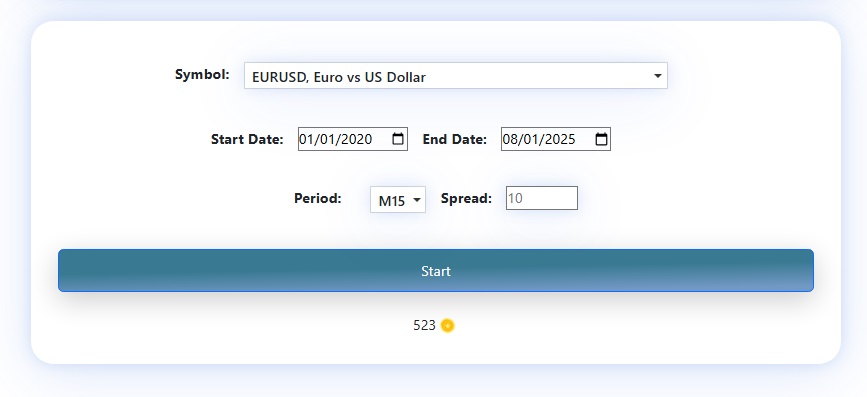
Backtesting allows us to measure the strategy’s effectiveness by simulating trades under historical market conditions. This not only shows potential profitability but also highlights how the system behaves during different market phases, such as strong trends, consolidations, or periods of high volatility.
Backtesting Result on EUR/USD (from 2020.01.01 to 2025.08.01):
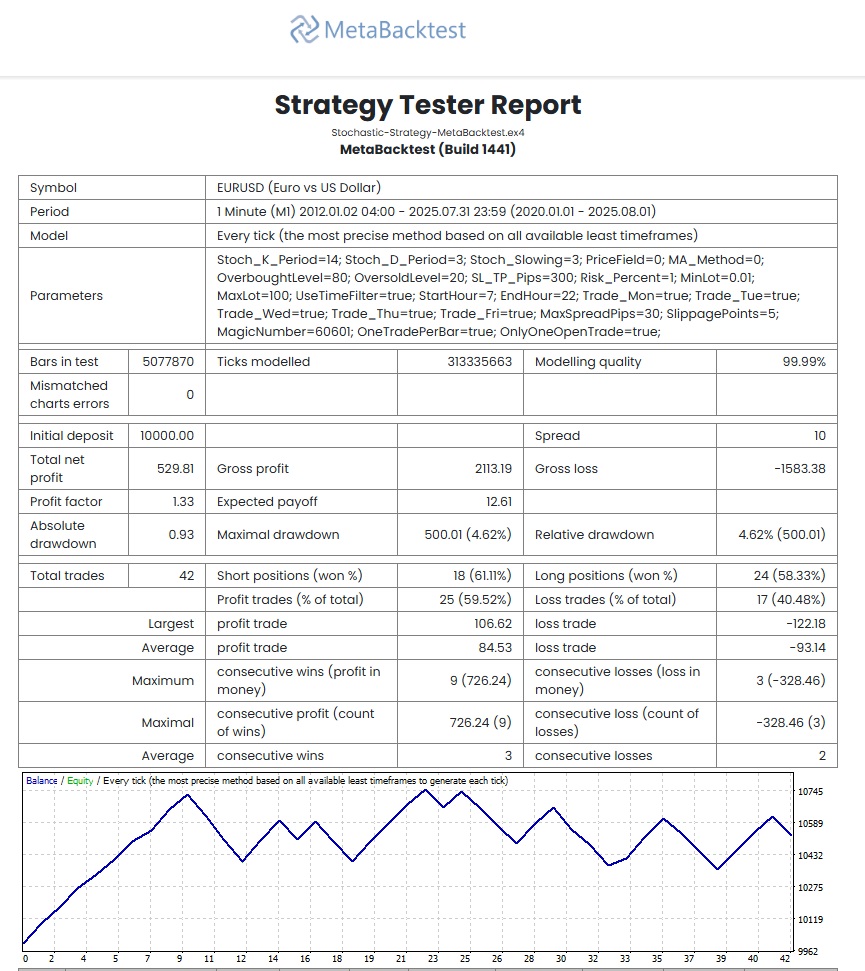
Backtesting Result on USD/JPY (from 2020.01.01 to 2025.08.01):
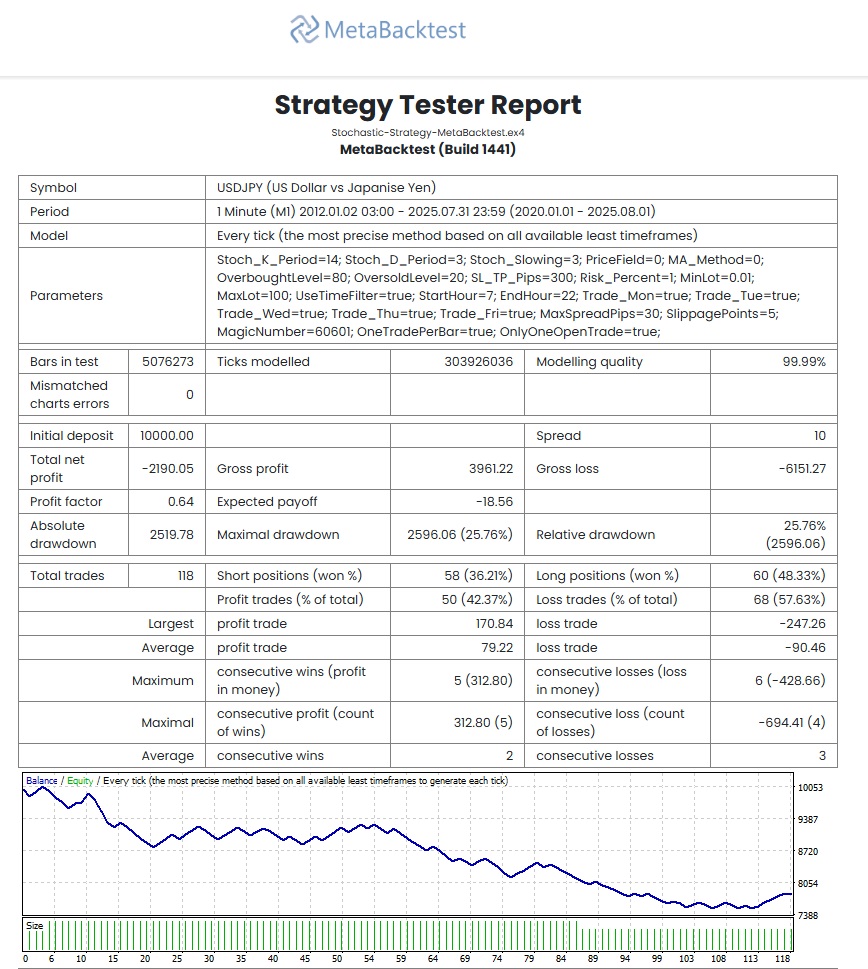
Let's Compare The Backtests
By running the EA through MetaBacktest, we can generate detailed performance metrics—such as win rate, profit factor, drawdown, and risk-to-reward consistency—that help us evaluate whether the strategy is robust enough for live trading.
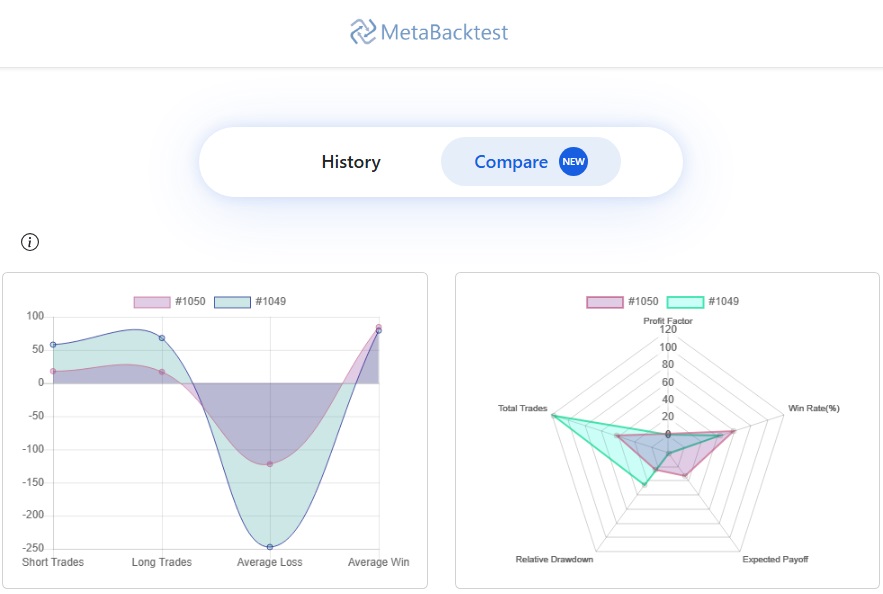
Backtesting 'EMA-CrossOver' strategy with a custom setting file
2024-08-29 09:12:12
Tweezer Tops & Tweezer Bottoms EA – Precision Reversals with Smart Money Management
2025-09-13 21:46:41
Backtesting Stochastic Strategy with Smart Money Management and Time Filtering via MetaBacktest
2025-08-24 10:41:11